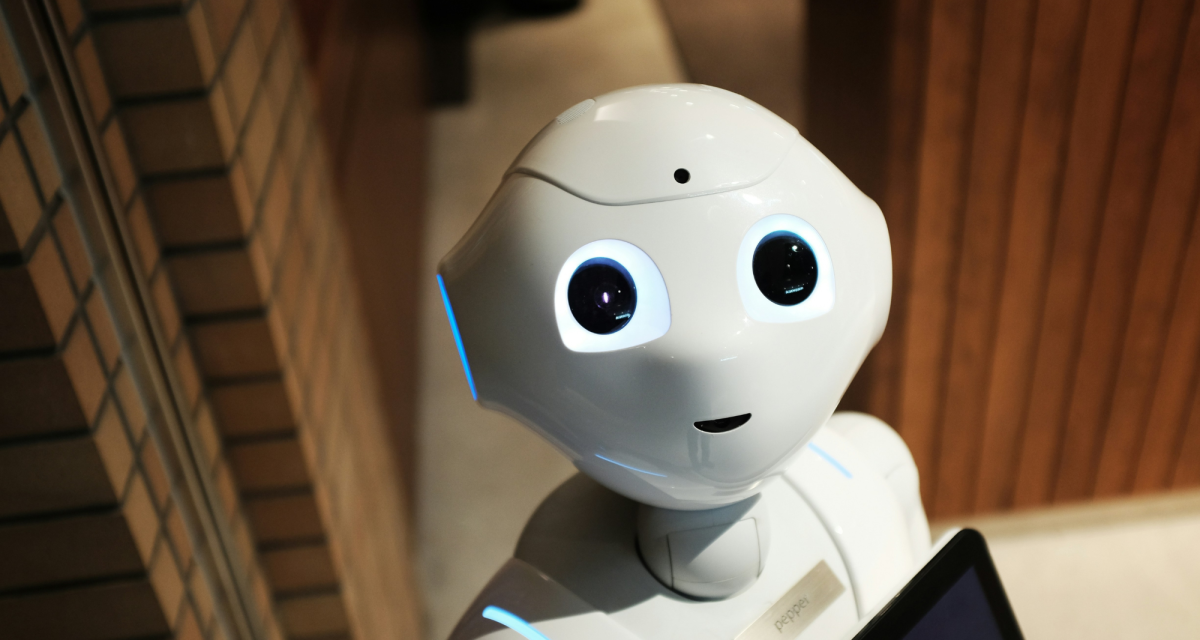Supported by the Asia Pacific Foundation of Canada’s 2024-2025 Media Fellowship, Cathy Senay travelled to Japan in January 2025 to report on Japan’s innovative use of robotics. Her three stories, exploring the country’s use of industrial and humanoid robots to address the demographic challenges of a shrinking workforce and aging population, were published by Canada’s CBC News this spring.
Classroom robots are the newest initiative by the Kumamoto City School Board to address a sharp rise in student absences since 2020. With a specialized video screen, these personalized robots allow home-bound students to continue in-class learning and mingle with their peers. Seiichiro Higuchi, Principal of Read more.
By 2050, one-in-three East Asians will be over 65 years old, and Japan is turning to robots to support its fast-aging population. Companion robots have become commonplace in Japanese elder care homes, designed to assist and accompany elderly residents with everyday tasks, such as checking blood pressure. Some homes have even incorporated ‘performance robots’ that can play the piano to keep seniors entertained. But tight budgets mean some facilities can only dream of newer technology, including robots integrated with AI. With a decreasing workforce, care homes in Japan “won’t be able to find all the manpower [they] need, [but] robots will certainly help.” Read more.
Facing an aging workforce and ambitions to become carbon neutral by 2050, Japan’s clean energy sectors are looking for new technological solutions to help build and maintain energy infrastructure. Companies like Energy System & Solutions Corporation are pioneering the use of drones with specially designed mechanical arms to inspect, repair, and maintain energy infrastructure, such as the delicate and hard-to-reach parts of wind turbines. They calculate that “robot technology could reduce inspection and maintenance costs by 25 per cent,” while also increasing the turnaround time. “The less we stop offshore wind turbines, the more electricity they can generate.” Read more.
